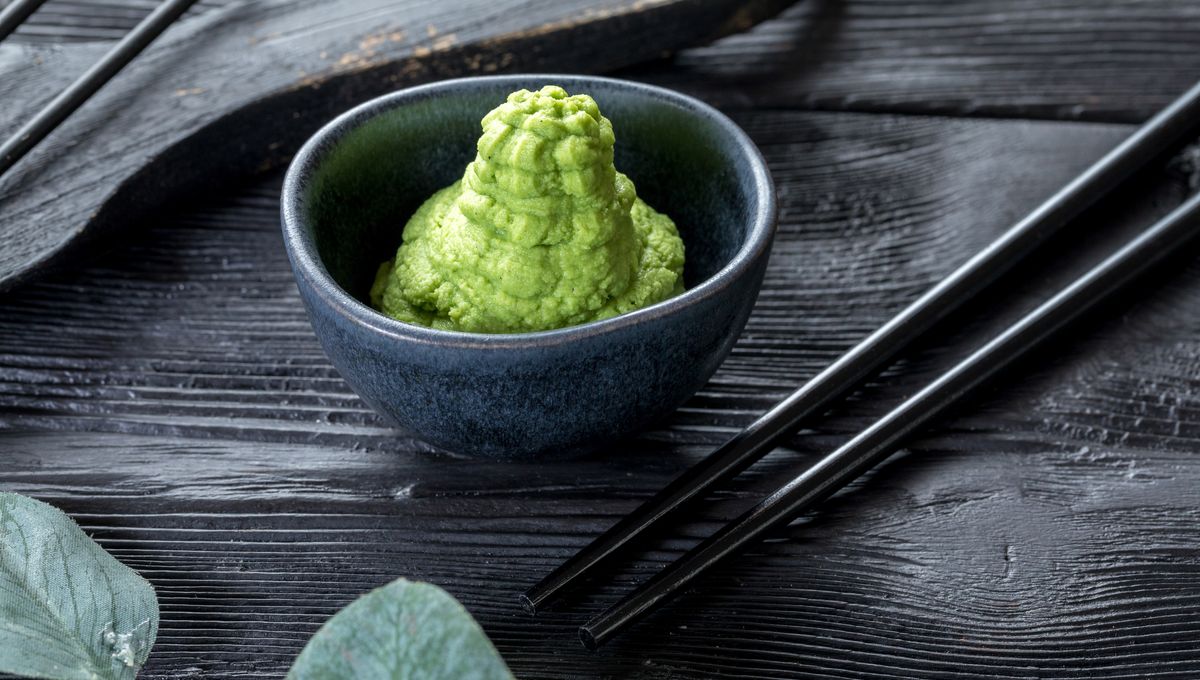
For the sushi lovers of the world, there’s nothing quite like the burn that comes from a dab of wasabi on top of your sushi roll. Except, as it turns out, most of us can’t legitimately make that comparison – because most of us have never had real wasabi.
“The extent to which we’re eating fake wasabi is huge,” said Brian Oates, president of Pacific Coast Wasabi, speaking to The Washington Post. Oats estimated that about 99 percent of the wasabi eaten in North America is fake, with that only dropping down to 95 percent in Japan, the home of the spicy condiment.
So if we’re not eating the real stuff, what are we actually shoveling onto our sushi? Most frequently, it’s a mixture of horseradish, mustard, and some colorings to give it that characteristic green hue. The real thing, on the other hand, comes from Wasabia japonica, a rootlike stem called a rhizome that can grow either naturally in Japan or be cultivated.
Whilst horseradish and wasabi are distantly related, there are distinct differences between the two when it comes to their flavor profiles. According to Trevor Corson, author of The Story of Sushi: An Unlikely Saga of Raw Fish and Rice, real wasabi “has a more delicate, complex, and sweeter flavor” than its fake, but more common counterpart.
This likely comes down to the chemicals that give both their heat: isothiocyanates. “Horseradish has a different profile of isothiocyanates, and it is possible to taste the difference,” Geoffrey P. Savage, associate professor in the food group at Lincoln University, in Canterbury, New Zealand, told Chemical & Engineering News. “The problem is that not many people have tasted the original taste of wasabi, so they don’t know what they are tasting.”
As for why so many people haven’t tasted the real thing, the reasons might be both culinary and cost-related. Although it might pack a punch when it comes to spice, wasabi is otherwise quite delicate. The chemical reaction that produces the zing-inducing isothiocyanates requires the rhizome to be finely grated and even then, the spice and flavor quickly disappear.
The wasabi rhizome is also notoriously difficult to grow, requiring a constant stream of water, shade, and a year-round temperature ranging between 8 to 20°C (46 to 60°F). Its fickle requirements help to drive up the cost, estimated to be around $250 per kilogram. At 25 times the cost of horseradish, with a high level of demand and a quickly deteriorating flavor profile, it becomes understandable why restaurants might not be so keen to use actual wasabi.
Some companies are attempting to grow the wasabi rhizome outside of Japan though, so you never know – one day you might finally get to taste the real thing.
[H/T: Chemical & Engineering News]
Source Link: There Is Something You Should Know About Wasabi